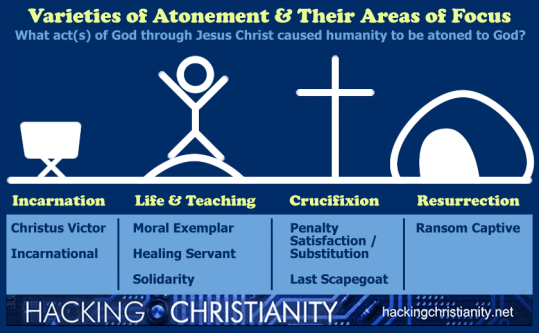All through the season of Easter, we read the Acts of the Apostles on Sunday mornings together. It’s a little bit odd, because Acts serves as our first lesson for the day, a spot normally reserved for something from the Hebrew Scriptures. But, in other ways, it makes a ton of sense. Acts picks up right where the Gospel of Luke leaves off, and it tells us the story of the early believers. Basically, it’s a ‘what happened next’ to Easter Day. How did Christ’s resurrection affect his followers; what was it like for them seeking to follow Jesus in those early days?
As we read Acts in the days and weeks following Easter (which lasts a whole 50 days!), the same questions might be asked of us. How does Christ’s resurrection affect us? How are we doing living in light of that reality? If your answer is that you’re not really sure or you’re still trying to figure it out, then you’re in good company! In fact, every time the early disciples thought they had things figured out in Acts, God surprised them by changing things up.
On Easter Sunday we heard Peter’s explanation of when he was called upon to baptize a non-Jewish soldier and his family. Peter thought it was a terrible idea at first, but God was pretty set on including even non-Jews in church. Two weeks ago, we read the conversion of Saul, where a disciple named Ananias was sent to help Saul. He also rebelled, questioning whether God really meant for Saul to be included. God was sure. The very first convert to the faith is an Ethiopian eunuch—not a Jew, and in the biblical understanding, not even really a man.
Again and again, the same story happens: the church thinks they know who is in and who is out, and again and again God invites them to include more people, widen their circle, and not be so sure of themselves.
One of the most interesting things about these stories is that the disciples don’t end up taking God to other people. But when they open their eyes, they are able to see that God is in fact already present and acting amongst those the disciples might have ignored. God doesn’t wait for the church to get on board—the Spirit of God precedes the church’s initiative every time.
Including more people—seeing where God is calling them to be—doesn’t always go smoothly, either. Peter faces considerable backlash for baptizing Gentiles. He has to give a big speech about it, with one fo the simplest, clearest explanations of God in scripture, “I truly understand that God shows no partiality.” Paul gets in trouble later on for eating with Gentile believers.
Whenever we are forced to reimagine how wide our circle should be, there is usually some pushback. Those who can’t escape prejudices or stereotypes, those who stand to lose power or prominence—whatever the reason, there’s always going to be someone who prefers the status quo to more inclusivity.
When my own tradition, the Evangelical Lutheran Church in America, decided to ordain women, there was pushback. When they decided to ordain gay and lesbian individuals in committed relationships, there was pushback. But it was the right thing to do. Because women and those in the LGBT community didn’t suddenly receive the ability or desire to be pastors when the church decided it was ok. They’d had those gifts for a long time, only to be rebuffed by the church which hadn’t quite caught up to God’s Spirit.
Reading Acts during Easter is fitting, because it makes us ask ourselves: How has the resurrection changed us? How are we being church together? It also forces us to recognize our limited knowledge of what God is up to. We don’t always know where God’s Spirit is leading, and we don’t always know all the places that God is already at work, waiting for us to catch up.
